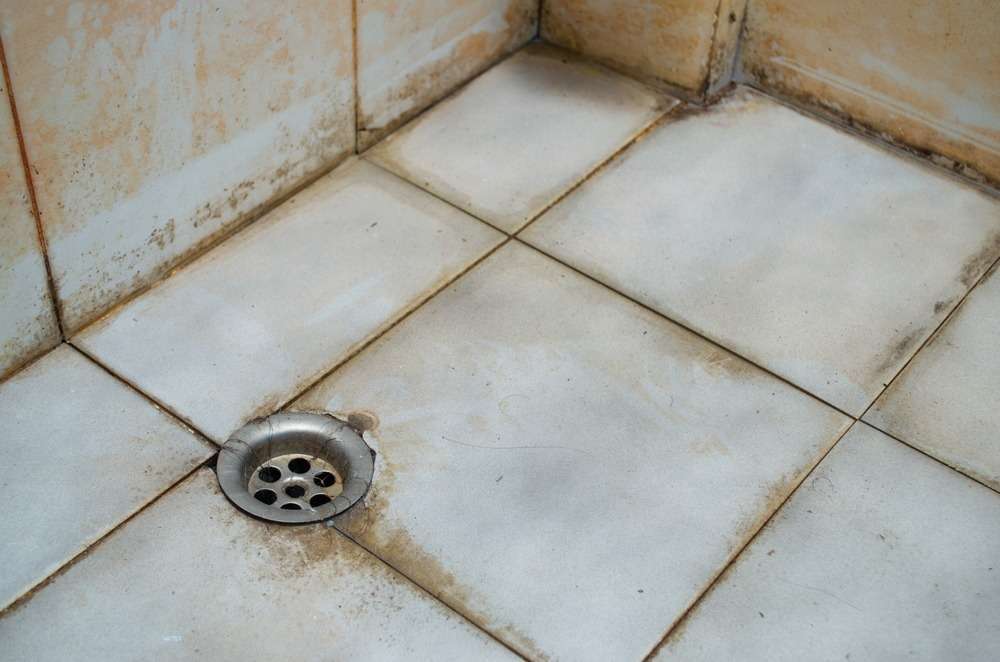- You are here:
- Home »
- Blog »
- Mold Advice »
- What You Need to Know About Pink Mold
What You Need to Know About Pink Mold

Pink mold is another problem that many homeowners have to face. It may not be as dangerous as black mold, but it still is dangerous to your health.
Pink mold is caused by Serratia marcescens, a water-borne bacteria. Like mold, it requires moisture to grow. Therefore, commonly found in bathrooms. The color of the bacteria may not always be pink, it differs based on the room temperature. It can also be light red or light orange.
We look at the dangers, symptoms, and how you can get rid of pink mold.
Table of contents
What is pink mold?
People automatically assume they have mold when they notice a growth in a room with excess moisture. But, that isn’t necessarily the case if you see a pink or light orange growth. Pink mold is bacterial growth.
The bacteria grows on bathroom surfaces such as sinks, toilets, and showers. Surfaces that regularly come into contact with humans after releasing body fluids (urine and feces). The germs from the fluids give way for the bacteria to grow.
Is pink mold dangerous?
There are no immediate threats linked to pink mold. However, it is still harmful if you have long-term exposure to it. Like mold, with time it may result in breathing problems. It also has been linked to gastrointestinal issues and urinary tract infections.
The bacterial growth in showers may lead to an infection. But only if the bacteria gains access to your body through an open wound. The bacteria is more harmful to individuals with weak immune systems, babies, and pets. They are more likely to develop serious health problems from contact with Serratia marcescens.
What are pink mold exposure symptoms?
Long-term exposure to pink mold results in the following symptoms:
- Coughing and sneezing
- Eye irritation
- Skin rash
- Lung inflammation
- Stomach ache, diarrhea, and nausea
- Respiratory tract infection
- Urinary tract or bladder infection
The symptoms vary depending on the amount of growth and how long you’ve been exposed to it.
Issues like respiratory tract infection and lung inflammation usually surface after weeks of exposure to the bacteria. While eye irritation and skin rash may show a day after you’ve come into contact with the bacteria.
What causes pink mold in bathroom sinks and showers?
Poor hygiene is the prime cause of pink mold in bathroom sinks and showers. When the surfaces come in contact with bodily fluids, they attach to the surface and multiply. You don’t need to release bodily fluids directly onto the surface for them to come into contact with it. If you leave your body waste sitting in the toilet, germs from it travel through the air.
Sinks and showers provide Serratia marcescens with everything it needs to grow and spread. The bacterium requires water to grow, and there is plenty of that in sinks and showers. Besides water, it feeds off dead skin cells, hair follicles, and oils found in soap scum. All organic matter is commonly found in sinks and showers.
How to get rid of pink mold

Getting rid of pink mold is a simple process. We break it down for you step-by-step:
Step 1: Create a cleaning solution
Get a small bowl. Pour one tablespoon of dishwashing liquid into the bowl and add one cup of baking soda. Mix the two until it turns into a paste.
Step 2: Gear up
Safety is a top priority. So, wear safety goggles, rubber gloves, and a face mask when cleaning mold or bacteria growth. The gear protects you from making direct contact with the bacteria.
Step 3: Remove shower liners and curtains
Before you can clean the bacteria from the shower, you need to remove the liners and curtains. The bacteria can also grow on the fabric’s surface. So, if the fabric is washable, toss it in the laundry and wash it. Read the care instructions on the liner and curtain for exact washing instructions.
Step 4: Scrub the bacteria away
Using a nylon-bristled brush, dip into the cleaning solution and scrub the area with the growth. We recommend starting at the highest point where the bacteria grows and scrubbing your way down. The solution helps loosen the bacteria.
Step 5: Rinse
Rinse the area with water. The easiest way to do that is with a hand-held shower. If you don’t have one, dip a towel in water and wipe the area down.
Step 6: Disinfect the area
In a spray bottle, make a 50/50 solution of warm water and chlorine bleach. Spray the area you’ve cleaned. The solution will kill any bacteria that might have remained and remove stains.
Step 7: Dry the surface
Once again, rinse the surface after you’ve disinfected it. You can wipe the area with a towel or use a squeegee to remove the moisture.
Final thoughts
Treating mold and bacterial growth immediately is vital for your health. The longer you let the issue linger, the more problems it may cause. It makes no sense to let pink mold remain since the removal process only takes about 10 minutes of your time. All the items you need to get rid of it are commonly found in your home. So, don’t let pink mold become a threat, and treat it as soon as you spot it.
About the Author Belal
Belal Rizvi enjoys writing about home improvement and do-it-yourself projects. He is an avid learner of the mold removal and dehumidifiers industry and provides insightful information about it to the readers.
